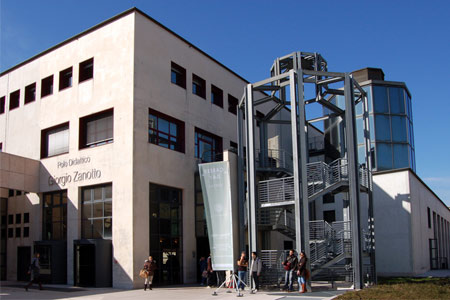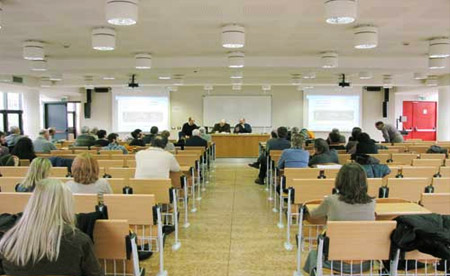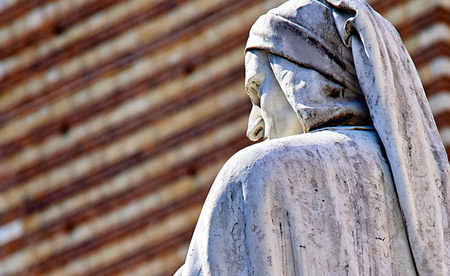| C. Mango |
Architettura bizantina
|
Electa |
1978
|
|
cap. 7, pp. 106-138. |
| R. Krautheimer |
Architettura paleocristiana e bizantina
|
Electa |
1986
|
|
cap. VIII-IX, pp. 238-264, 372-395 (Introduzione a Giustiniano; Santa Sofia e gli edifici annessi). |
| M. Della Valle |
Costantinopoli e il suo impero. Arte, architettura, urbanistica nel millennio bizantino
|
|
2007
|
|
Tutto il volume: pp. 13-148. |
| M. Kaplan |
Costantinopoli e l’economia urbana, Il mondo bizantino, II, L’impero bizantino (641-1204), a cura di J.-C. Cheynet
|
|
2008
|
|
pp. 265-285. |
| C. Barsanti |
Costantinopoli, in Costantino I. Enciclopedia costantiniana sulla figura e l’immagine dell’imperatore del cosiddetto editto di Milano 313-2013,
|
|
2013
|
|
pp. 471-491. |
| A. Laiou |
Costantinopoli sotto i Paleologhi, in Il mondo bizantino, III, Bisanzio e i suoi vicini (1204-1453), a cura di A. Laiou e C. Morrisson
|
|
2008
|
|
pp. 130-143. |
| E. Zanini |
Introduzione all’archeologia bizantina
|
|
1994
|
|
capp. III, IV, pp. 49-84, 85-115. |
| C. Morrisson |
La capitale, in Il mondo bizantino, I, L’impero romano d’Oriente (330-641), a cura di C. Morrisson e T. Braccini
|
|
2007
|
|
pp. 197-206. |
| A. Grabar |
L’arte bizantina nel medioevo tra l’VIII e il XV secolo
|
|
1964
|
|
Tutto il volume. |
| J.M. Spieser |
L’arte imperiale e cristiana: unità e diversità, in Il mondo bizantino, I, L’impero romano d’Oriente (330-641), a cura di C. Morrisson e T. Braccini
|
|
2007
|
|
pp. 297-322. |
| J.M. Spieser |
L’arte, in Il mondo bizantino, II, L’impero bizantino (641-1204), a cura di J.-C. Cheynet
|
|
2008
|
|
pp. 397-425. |
| I. Jevtic, J.M. Spieser |
Monumenti e oggetti: l’arte nell’area cultura bizantina, in Il mondo bizantino, III, Bisanzio e i suoi vicini (1204-1453), a cura di A. Laiou e C. Morrisson
|
|
2008
|
|
pp. 232-255. |
| V. Lazarev |
Storia della pittura bizantina
|
Electa |
1967
|
|
capp. Prefazione, I, II: pp. 3-29 . |
| Aavv |
s.v. Bizantina, Arte, in Enciclopedia dell’Arte Medievale, III,
|
|
1992
|
|
pp. 517-536. |
| Aavv |
s.v. Costantinopoli, in Enciclopedia dell’Arte Medievale, V
|
|
1994
|
|
pp. 381-436. |
| R. Cormack |
The arts during the age of iconoclasm, in Iconoclasm, a cura di A. Bryer e J. Herrin
|
|
1977
|
|
pp. 35-44. |







